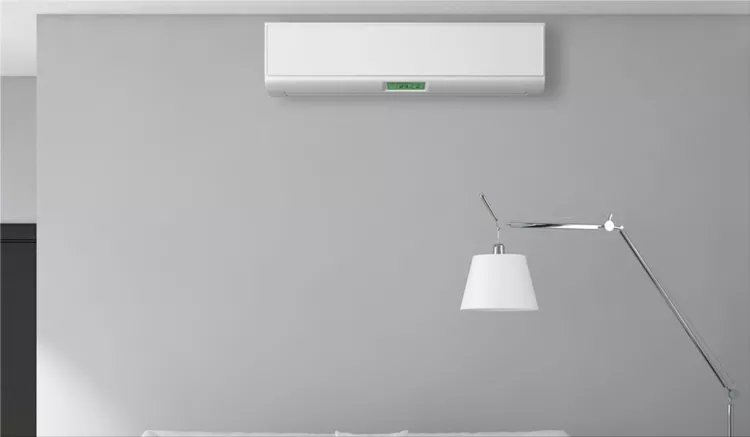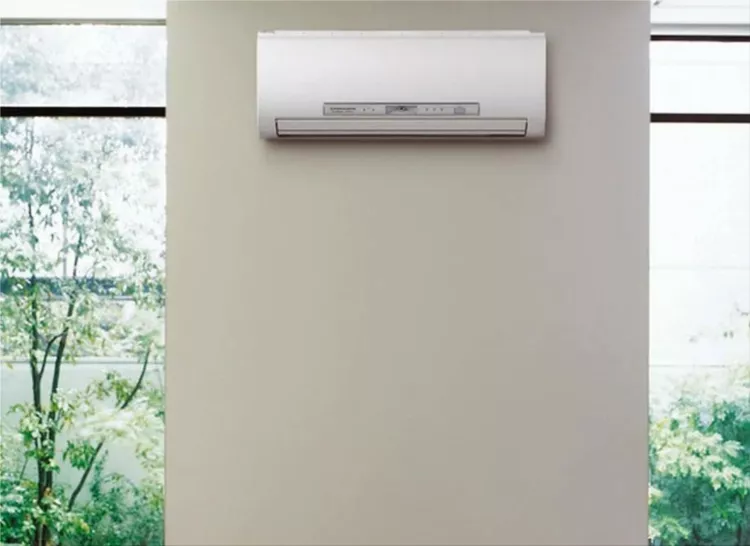How to Take Good Care of Your Air Conditioner
Knowing how to maintain the functionality of your air conditioner, this is the right place for you. You will find various tips and recommendations in this article to help you take care of your unit. In this article, you will learn about checking the strain on the compressor, cleaning the condenser fins, and changing the filter once a month.
Check The Compressor Strain
Air conditioning compressors are responsible for cooling the air inside your home. When they become damaged, it is essential to identify the problem before it worsens. The early detection of compressor failure can help save your AC and your wallet.
Low airflow and a lukewarm or warm air condition are early warning signs of a faulty compressor. This means that your unit is cycling, which could be a better condition. If the compressor cycles, it puts unnecessary strain on the motor, eventually leading to failure.
If you are not experienced in working with air conditioners, and you're just living in Massachusetts, consider calling AC Repair Services Massachusetts to perform lubrication on the compressor and check for other components. They will also be able to replace the suction line if it is damaged.
A common way of causing air conditioner compressor problems is by having dirty coils. Clean coils allow your AC to work correctly and efficiently. Your system may have to work harder because of dirty coils, which raise your home's temperature and wear out the compressor.
Change The Filter Once a Month
It's essential to change the filter in your air conditioning unit regularly. Not doing so can result in expensive repairs. Plus, if you live in a dusty or polluted area, you want to keep your air conditioner running as efficiently as possible.
To accomplish this, purchase a replacement filter. You'll find that many online retailers offer recurring shipment options, so you'll always have filters.
Air conditioners are designed to circulate fresh air through your home, so you'll need a clean filter for your unit to function correctly. Dirty filters reduce your AC's performance and can also cause your health to suffer.
You should replace your air filter every six to twelve months, depending on how often you use your air conditioning unit and the type of filter you use. If you use your system frequently, such as during summer, you'll need to change it more often.
Clean The Condensate Drain
Cleaning the condensate drain of your air conditioner is one of the most essential home maintenance tasks. It will help prevent expensive repairs, keep your system in good working order, and help you to avoid unpleasant smells.
Air conditioning systems can get clogged with dirt, dust, and debris. These buildups can block the drain line, making it difficult for water to flow through. If this happens, the moisture produced by the cooling process will go back into the condensate pan and damage your HVAC system.
Clean the condensate drain regularly. You can do this yourself using household products. The amount of cleaning solution you need will depend on the length of the drain line.
A standard product used to clean the condensate drain is vinegar. This is a natural disinfectant, and it will kill harmful fungi, bacteria, and organic residue.
Before cleaning your air conditioner, turn off the breaker or thermostat. Using a vacuum can also remove a clog.
Clean The Condenser Fins
Condenser fins are small metal slats on the exterior of an outdoor air conditioning unit. They are meant to move warm air away from the AC. They can prevent the team from working correctly if they become dirty or bent.
Clean condenser fins help keep the unit running efficiently. It helps to prevent damage to the unit and also improves airflow. Some homeowners may not know how to clean the fins on their own. Turn off the power to your unit. This should be done at the electrical panel, or if you have a window AC unit, you will need to turn off the circuit breaker.
Next, remove the fan from the compressor. You can either use a screwdriver or a pull-out switch. Make sure you do not break any electrical wires.
You can use a wet/dry vacuum with a soft bristle attachment to remove debris from the fins. You can find this type of vacuum at a hardware store or online.
- Add new comment
- 35 views

























